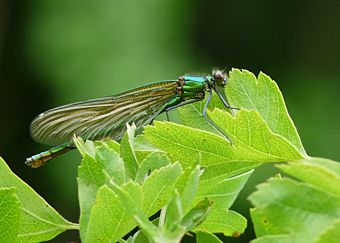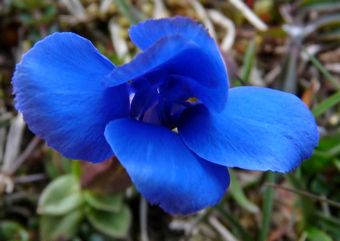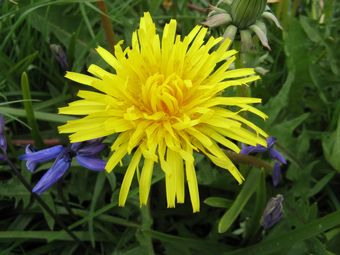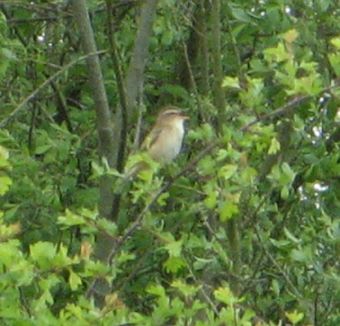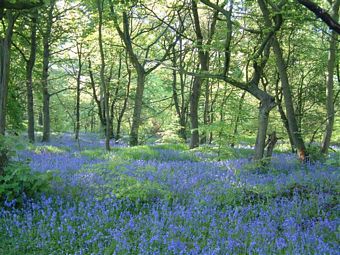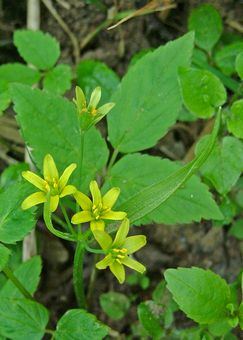WFV, Moses Gate Country Park 16.06.09
 Moses GateAnother Tuesday, another fine day, and the return of Joan Dobson from holiday to lead a full minibus on a visit to Moses Gate Country Park near Bolton. The first plant of the day, and a first for BEES, was an en route tour of Bolton's recycling plant when our navigator got his radar wrong but that didn't delay our arrival by too many minutes. A surprisingly well reclaimed industrial site of 750 acres is the habitat for much wildlife and includes the SSSI site of Nob End which produced a great variety of plants and birds. We recorded four species of orchid (including early marsh which we didn't record last week) in a total of 112 flowering plants (not including the helleborines which were still only in bud) with perhaps the highlights being skullcap and blue-eyed grass. The habitat was particularly good for warblers and four of these these contributed to a total of 33 birds including cuckoo and yellowhammer - good records as both are scarcer this year. An accident on the motorway somewhat delayed our return but it was a happy minibus that returned to Bradford after a full and very pleasant day's outing.
Moses GateAnother Tuesday, another fine day, and the return of Joan Dobson from holiday to lead a full minibus on a visit to Moses Gate Country Park near Bolton. The first plant of the day, and a first for BEES, was an en route tour of Bolton's recycling plant when our navigator got his radar wrong but that didn't delay our arrival by too many minutes. A surprisingly well reclaimed industrial site of 750 acres is the habitat for much wildlife and includes the SSSI site of Nob End which produced a great variety of plants and birds. We recorded four species of orchid (including early marsh which we didn't record last week) in a total of 112 flowering plants (not including the helleborines which were still only in bud) with perhaps the highlights being skullcap and blue-eyed grass. The habitat was particularly good for warblers and four of these these contributed to a total of 33 birds including cuckoo and yellowhammer - good records as both are scarcer this year. An accident on the motorway somewhat delayed our return but it was a happy minibus that returned to Bradford after a full and very pleasant day's outing.
Stuart

